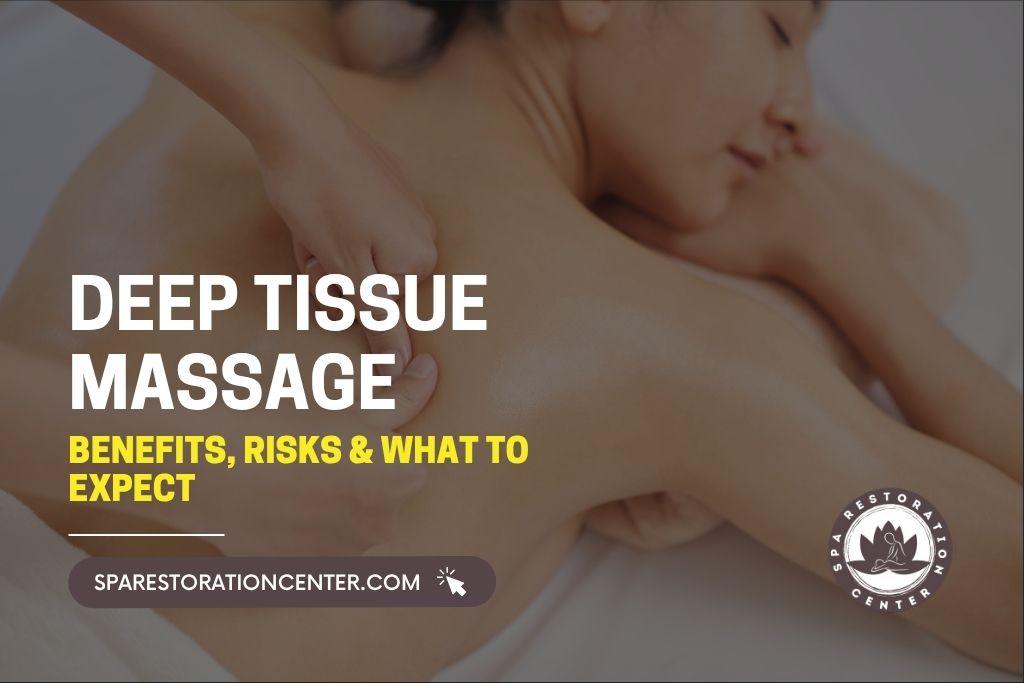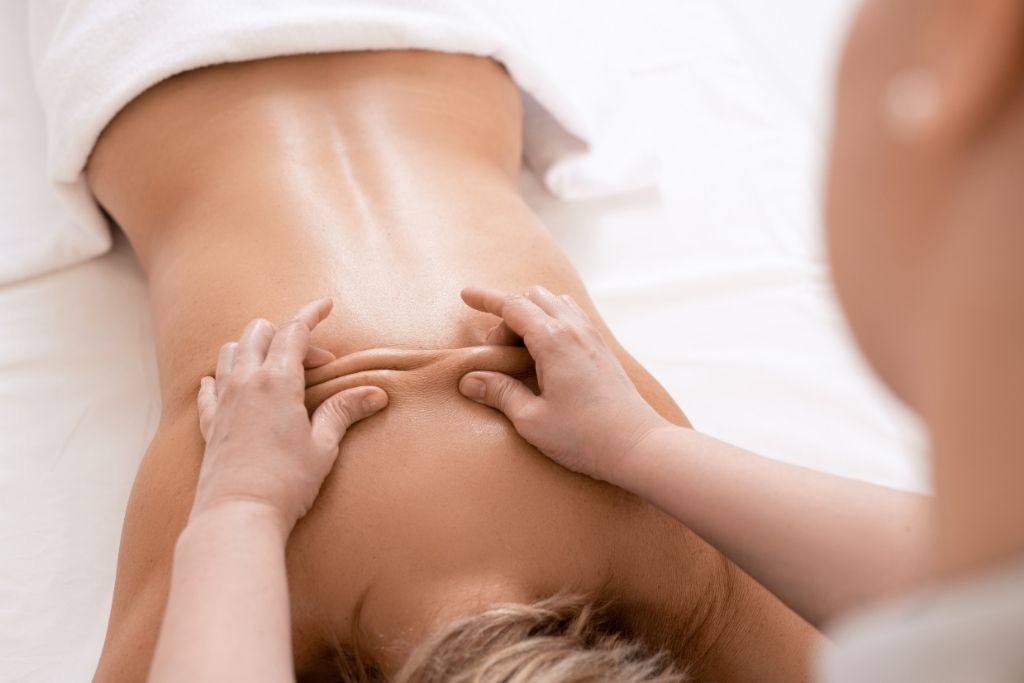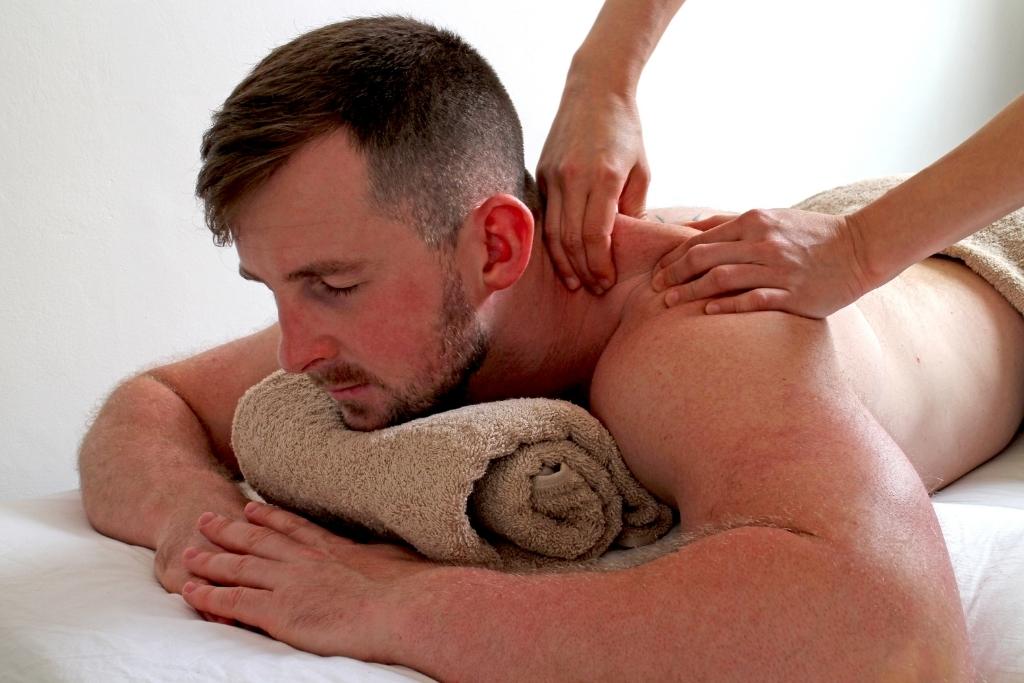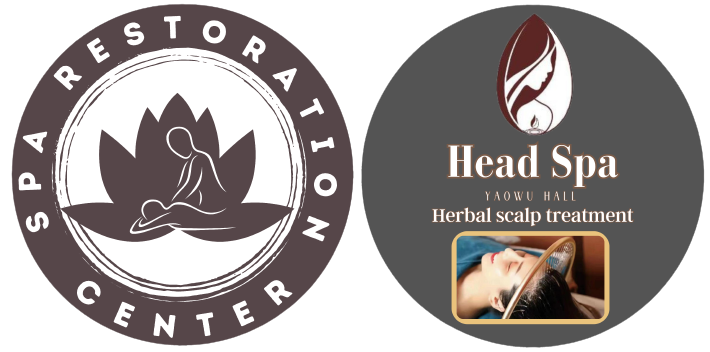
Deep Tissue Massage Benefits, Risks & What to Expect
Your back hurts. Your shoulders feel tight. Muscles won’t relax.
Sound familiar? You’re not alone. That’s why so many people turn to deep tissue massage. This type of massage isn’t just for relaxation. It’s for results.
Unlike Swedish massage, this one goes deeper. Much deeper. It targets muscles and connective tissue. It reaches areas where pain hides.
The massage therapist uses deep pressure to break up knots. It helps improve circulation and reduce tension.
If you deal with chronic pain, this might be your answer. Athletes, office workers, and even parents swear by the benefits.
But here’s the thing: deep tissue massage isn’t for everyone. It’s intense. Sometimes it hurts. And it has risks too.
In this guide, you’ll learn:
- What deep tissue massage is
- Who it’s for, and who should avoid it
- The benefits of deep tissue massage
- How it compares to a Swedish massage
- What happens during a session?
- And what to expect after you leave the massage table
So if you’re thinking about getting a massage, keep reading.
This is everything you need to know before you book the perfect massage.
What to Expect from a Deep Tissue Massage?
Let’s keep it simple.
Deep tissue massage is a type of massage therapy. It focuses on the deeper layers of muscle and connective tissue.
Think of it as the opposite of a Swedish massage. Swedish is light. It’s soft. It’s relaxing.
Deep tissue massage? It’s firm. It’s slow. And it goes deep. This massage technique targets pain, tension, and tight spots. It even helps break up scar tissue hidden deep inside.
It is used for chronic pain, tight muscles, and old injuries. This could break some help if you feel tight, sore, or just battered in any part of your body.
Sometimes, it is how your body needs to release.
How Does Deep Tissue Massage Work?
When a massage therapist gives a deep tissue massage, they go all in. They use their fingers. Thumbs. Forearms. Sometimes even elbows. The pressure is deep. Slow. Focused. Steady.
Why? Because this massage technique isn’t just about comfort. It’s designed to break up scar tissue. It helps release muscle tension. And yes, it improves circulation, too.
The goal of deep tissue massage isn’t just to feel good. Though trust me, it usually does. It’s to relieve pain and get your body moving again. This isn’t surface-level stuff.
It targets the deeper layers of muscle, the tight, stubborn knots you can’t stretch away.
The kind that sticks around no matter what you try.
Deep Tissue Massage vs. Swedish Massage
You’ve probably heard of Swedish massage. It’s the go-to for a relaxing massage. Soft strokes. Soothing music. Sometimes a little hot stone massage too. It’s gentle. It’s calming. It helps melt stress away.
Deep tissue massage, on the other hand, is very different. It’s stronger. Slower. Much more intense. This massage doesn’t just relax; it repairs.
It targets rigid tissue deep under your skin. That’s where chronic pain and stiffness often hide. It also improves movement by restoring your range of motion.
So, if you’re trying to choose
- Pick a Swedish massage if you want to relax.
- Go with a deep tissue massage if you need real relief.
Pain, tension, old injuries; this one gets to the root.

Benefits of Deep Tissue Massage
Now, let’s get to the juiciest part. Deep tissue massage benefits are more than just “feeling better.” Inside your body, this sort of ebb and flow treatment does some genuine work.
Here’s how:
1. Reduces Chronic Pain
Tired of that ache in your low back or neck? This massage works deep. It gets into muscle tissue where pain hides. It boosts circulation and helps reduce muscle pain over time.
The more you get it, the better it works.
2. Breaks Up Scar Tissue
Been injured? Had surgery? Those stiff, ropey spots you feel? That’s scar tissue. Deep tissue massage helps soften it. It breaks it down gently.
Over time, you move better. You hurt less.
3. Improves Posture and Flexibility
Tight muscles and connective tissue pull your body out of shape. They twist your posture and limit your stretch. Deep strokes release that tension.
You stand taller. You move easier.
4. Enhances Circulation
Poor circulation makes you feel sluggish and stiff. A deep tissue massage boosts blood flow fast. It sends oxygen to sore spots and helps muscles heal.
5. Supports Injury Recovery
Athletes love this. Whether it’s sports injuries, sprains, or tight hamstrings, it helps. Sports massage and deep tissue therapy speed up recovery.
You bounce back quicker. Stronger.
6. Reduces Stress and Anxiety
It’s intense, yes, but also calming. This massage technique relaxes your nervous system. One study found that deep tissue massage lowers stress hormones like cortisol.
You feel grounded. Calm. Focused.
7. Improves Range of Motion
Stiff? Can’t stretch like before? Tight soft tissue is often the reason. This massage loosens it. Range of motion improves naturally.
Great for runners. Great for desk workers. Great for you.
8. Relieves Lower Back Pain
Lower back pain hits millions of people. And stretching doesn’t always work. But a regular deep-tissue massage? That can change everything.
It targets the root of the pain and slowly releases it.
What to Expect When Getting a Deep Tissue Massage
So, you’ve booked your first deep tissue massage. Feeling curious? Maybe nervous?
Totally normal.
Let’s walk through what you can expect, from start to finish.
Before the Session
You’ll meet your massage therapist first. They’ll ask about your body, your pain, and your goals. Be open. Be honest.
They need to know if you’ve had recent surgeries, blood clots, or any serious health condition. Why? Because in those cases, you may need to avoid deep tissue massage.
Safety always comes first.
During the Session
You’ll lie down on a massage table, fully covered except for the area being worked on. The room? Quiet. Calm. Maybe soft music. Your massage therapist works slowly.
They use deep pressure: fingers, thumbs, maybe elbows. They’ll focus on tense zones. Those sore, knotted muscles.
Some spots may hurt a bit. That’s okay. But if it feels too painful, speak up. A good massage therapist will listen and adjust the pressure. It’s your body. You’re in control.
After the Session
Don’t be surprised if you feel sore afterward. Especially the first time. That’s your body reacting to the deep work on soft tissue.
It’s like the ache after a workout. It means things are shifting.
To help recover:
- Drink lots of water.
- Stretch gently.
- Take it easy.
- Rest if needed.
By the next day, most soreness fades, and you’ll feel lighter, looser, and more mobile. That’s the magic of a well-done deep tissue massage.

Are There Risks with Deep Tissue Massage?
Yes. It’s not for everyone. Let’s be clear.
Avoid deep tissue massage if you have:
- Blood clotting disorders or are on blood thinners
- Recent surgeries
- Skin infections or open wounds
- Severe osteoporosis
- Pregnancy (unless approved by a doctor)
Some people feel tired or bruised the next day. That’s why communicating with your therapist is key.
How to Choose the Right Massage Therapist
Not all hands are equal. A skilled massage therapist knows where deep pressure needs to be applied, where the tension points are, and when to back off.
Find someone who is licensed, trained in therapeutic massage, and experienced in deep tissue massage therapy.
Ask questions.
- What type of massage therapy do you specialize in?
- Do you have experience with chronic pain or sports injuries?
- How do you personalize sessions?
If their answers don’t feel right, move on.
Types of Massage Related to Deep Tissue
Think of deep tissue massage as part of a broader world of massage therapies. Each has its own focus.
Here are a few worth knowing:
- Swedish massage and deep tissue (great combo of soothing and therapeutic)
- Hot stone massage (adds warmth to melt tension)
- Sports massage (tailored for athletes and recovery)
- Tissue massage and Swedish massage (great for overall wellness)
You might even explore at-home massage tools between appointments.
Final Thoughts: Is Deep Tissue Massage Right for You?
Tight muscles? Aching joints? Stressed out? Deep tissue massage could be exactly what your body needs. This isn’t pampering. It’s therapy. This form of massage works deep inside your body.
It breaks down deep muscle knots. It improves movement. It relieves pain. And the effects of deep tissue therapy? They last well beyond the massage table.
But let’s be real, it’s not for everyone. Some people find it too intense. Others say it changed their life.
Listen to your body. Trust how it feels. And remember, your massage therapist will discuss everything with you before starting.
They’ll guide you. You’ll stay in control the whole time.
So go ahead. Book the perfect massage. Say goodbye to stiffness. You’ve got nothing to lose, except tension.
Your Takeaway
- Deep tissue massage is a strong, therapeutic massage technique.
- It offers many benefits, from pain relief to stress reduction.
- Expect deep pressure, some soreness, and real results.
- Always choose a certified massage therapist with experience.
- Talk through your health and goals before your session.
Ready to let go of tension and pain? It’s time to give deep tissue massage a try.



Leave a comment